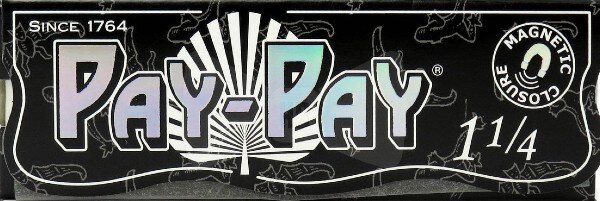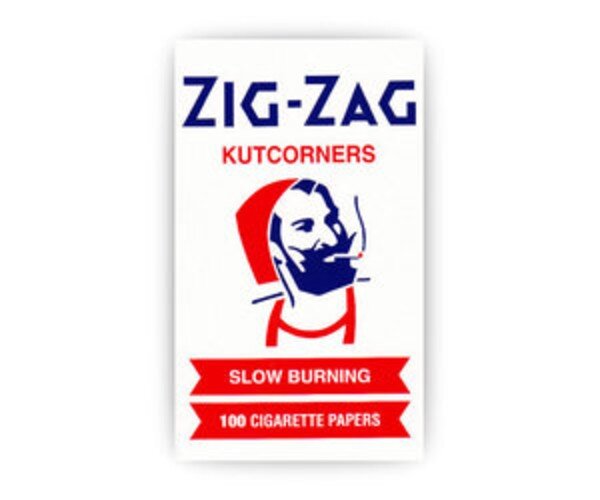The saying, ‘If it ain’t broke don’t fix it,’ rings especially true when it comes to rolling papers as they really haven’t changed much in several hundred years.
We don’t know exactly when people started rolling Cannabis into joints, but it was probably around the late 1400s, when tobacco, and smoking, were brought to Eurasia by explorers returning from North and South America. Until then, Cannabis was mainly consumed as an edible in the form of Hashish or Charas, but it was smoked using rudimentary pipes, bongs and braziers.
Paper was brought to the Islamic world in the 1100s.
One of the oldest rolling paper companies is Pay-Pay, which was formed in 1703 after Dominican monks figured rolling paper would be easier to use if it was cut to size and protected in a booklet.
Their first paper mill was then built in 1764 in Alcoy, Spain and the company began manufacturing.
Rolling paper was made thinner than newspaper of the day, which many poor people used to smoke tobacco because of high taxes placed on it.
Rolling paper was also much healthier as it didn’t have chemicals like lead and cadmium found in the newspaper ink.
Another of the oldest manufacturers still in operation is Rizla. According to its website, Pierre Lacroix was inspired to start making rolling papers after trading some high quality paper for a bottle of champagne in 1532 (a transaction they still have a receipt for). The family continued to refine the process and it was perfected for rolling papers in 1660.
That paper grew in popularity and in 1736, another member of the family, Francois Lacroix, purchased a mill and started the Lacroix Rolling Paper Company.
Sixty years later, in 1796, Napoleon granted the Lacroix company a licence to produce rolling papers for his troops.
The Lacroix Rolling Paper Company continued to refine their process, and in 1865, began using rice as the base. One year later the name was changed to reflect the new product and Rizla was born — combining Riz, the French word for rice, and La, for Lacroix — which is still in operation today, but no longer owned by the Lacroix family.
Rizla was also one of the first to add flavour to rolling papers, methanol and strawberry, in 1906.
Zig-Zag is another iconic brand of rolling papers, which has an immediately recognizable logo.
According to the company’s website, the inspiration came from the Battle of Sevastopol in the mid-1800s, where a French North African soldier, known as a Zouave, tore a strip of paper from his gunpowder bag after his clay pipe was smashed by a bullet.
Then in 1884, Maurice and Jacques Braunstein patented a process that quickly became the industry standard, allowing rolling papers to be interwoven and dispensed one at a time, in a zig-zag pattern, which is where the name comes from.
Apart from the addition of flavours and gum, rolling papers really haven’t changed much since the 1700s. At first, they were produced in sheets, which had to be folded and torn to size.
That led to booklets being created when manufacturing began in the 1700s, which were made into the 1 1/4 (78mm) size we still have today, also known as Spanish size.
The name 1 1/4 comes from the fact Spanish-sized rolling papers held 25% more tobacco than the standard British size, which were 70mm and became popular due to the high tax added to tobacco.
It was in the late 1800s that Pay-Pay began adding a line of gum Arabic to one edge, creating the rolling paper we know today.
Another advent came in the last 10 years, by Raw founder Josh Kesselman. As explained in this article, Kesselman noticed that watermarks — added as a form of branding — affected how the paper burned.
That led him to experimenting with various patterns to make it burn more consistently, with the energy being directed inward..
Today Raw has grown into one of the largest and best-known rolling paper manufacturers in the world, along with other recent upstarts like Elements and King Palm.


